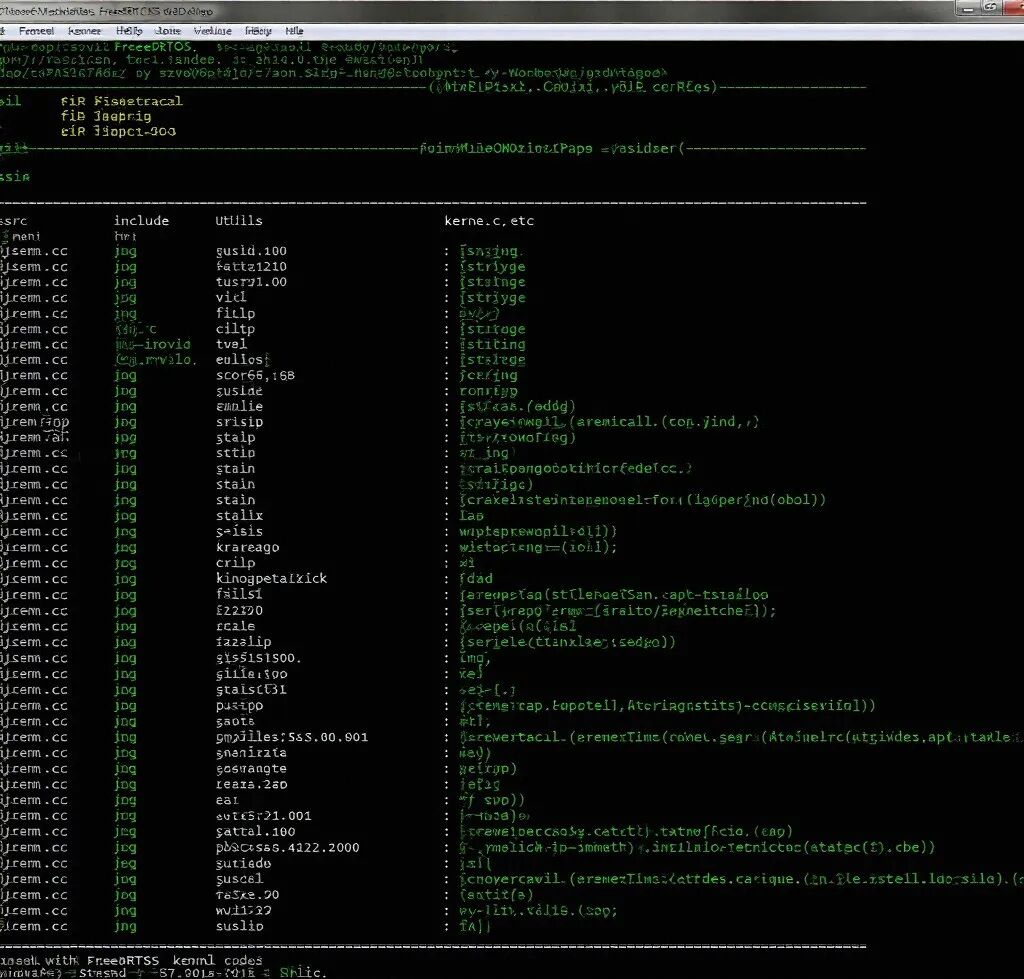Detailed Configuration of Embedded Linux Buildroot Environment: Building an Efficient and Stable Development Platform
Introduction
Buildroot, as a lightweight embedded Linux system construction tool, is widely popular in industrial control and IoT device development due to its simplicity and efficiency. This article will detail how to use Buildroot to set up a complete embedded Linux development environment, focusing on key aspects such as system customization, cross-compilation, and root filesystem construction.

Hardware and Software Requirements
Hardware Requirements:
- x86_64 architecture development host (8GB or more RAM)
- Large capacity hard drive (at least 100GB of available space)
- Stable internet connection
Software Requirements:
- Host system: Ubuntu 22.04 LTS
- Buildroot 2024.02
- Git 2.34+
- GNU Make 4.3+
- Docker (optional, for build isolation)
Overview of the Development Environment
The development environment built on Buildroot supports multiple target architectures and can achieve automatic construction of cross-compilation toolchains, package management, and root filesystem customization. The entire environment is driven by configuration files, ensuring that the build process is reproducible.
Preparing the Host Environment
# Install necessary development tools
sudo apt-get update && sudo apt-get install -y \
build-essential git wget cpio unzip rsync bc \
python3 python3-pip python3-pexpect \
ncurses-dev libssl-dev flex bison \
qemu-system-arm qemu-user-static
# Create working directory
mkdir -p ~/buildroot-workspace
cd ~/buildroot-workspace
# Get Buildroot source code
git clone https://git.buildroot.net/buildroot
cd buildroot
git checkout 2024.02
Basic Configuration of Buildroot
# Create configuration file
make qemu_arm_vexpress_defconfig
# Custom configuration
make menuconfig
# Common configuration items:
# Target options -> Target Architecture -> ARM
# Toolchain -> Toolchain type -> Buildroot toolchain
# System configuration -> System hostname -> custom-linux
# Target packages -> Select required packages
Building the System
# Start building (using multi-core acceleration)
make -j$(nproc)
# View build output
ls -l output/images/
# Clean build
make clean # Clean compiled products
make distclean # Completely clean, including configuration
Integrating Custom Packages
# Create custom package directory
mkdir -p package/custom-app
cat > package/custom-app/Config.in <<EOF
config BR2_PACKAGE_CUSTOM_APP
bool "custom-app"
help
Custom application package
EOF
# Create package Makefile
cat > package/custom-app/custom-app.mk <<EOF
################################################################################
#
# custom-app
#
################################################################################
CUSTOM_APP_VERSION = 1.0
CUSTOM_APP_SITE = $(TOPDIR)/package/custom-app/src
CUSTOM_APP_SITE_METHOD = local
define CUSTOM_APP_BUILD_CMDS
$(MAKE) CC="$(TARGET_CC)" LD="$(TARGET_LD)" -C $(@D)
endef
define CUSTOM_APP_INSTALL_TARGET_CMDS
$(INSTALL) -D -m 0755 $(@D)/custom-app $(TARGET_DIR)/usr/bin
endef
$(eval $(generic-package))
EOF
Customizing the Root Filesystem
# Custom filesystem configuration
mkdir -p board/custom/rootfs-overlay
cat > board/custom/rootfs-overlay/etc/init.d/S99custom <<EOF
#!/bin/sh
case "$1" in
start)
echo "Starting custom service..."
custom-app &&
;;
stop)
echo "Stopping custom service..."
killall custom-app
;;
*)
echo "Usage: $0 {start|stop}"
exit 1
esac
exit 0
EOF
chmod +x board/custom/rootfs-overlay/etc/init.d/S99custom
Configuring the Cross-Compilation Toolchain
# Configure toolchain environment variables
export PATH="$(pwd)/output/host/bin:$PATH"
export CROSS_COMPILE="$(pwd)/output/host/bin/arm-buildroot-linux-uclibcgnueabi-"
export ARCH=arm
# Test toolchain
${CROSS_COMPILE}gcc --version
Common Issues and Solutions
-
Download Failure:
# Manually download and place source package wget http://source.url/package-x.y.z.tar.gz mv package-x.y.z.tar.gz dl/ -
Compilation Error:
# View detailed logs make V=1 # Check buildroot/output/build/build-time.log -
Insufficient Space:
# Clean unnecessary build files make clean rm -rf output/build/*/
Optimizing the Development Environment
- Configure ccache to accelerate repeated compilations
- Use distcc for distributed compilation
- Set up Docker for build environment isolation
Conclusion
The embedded Linux development environment built with Buildroot offers high customizability and reproducibility. It is recommended to delve deeper into Buildroot’s configuration system and package management mechanism for better system customization and optimization.
Need to know more details? I can provide configuration suggestions and optimization plans for specific scenarios.